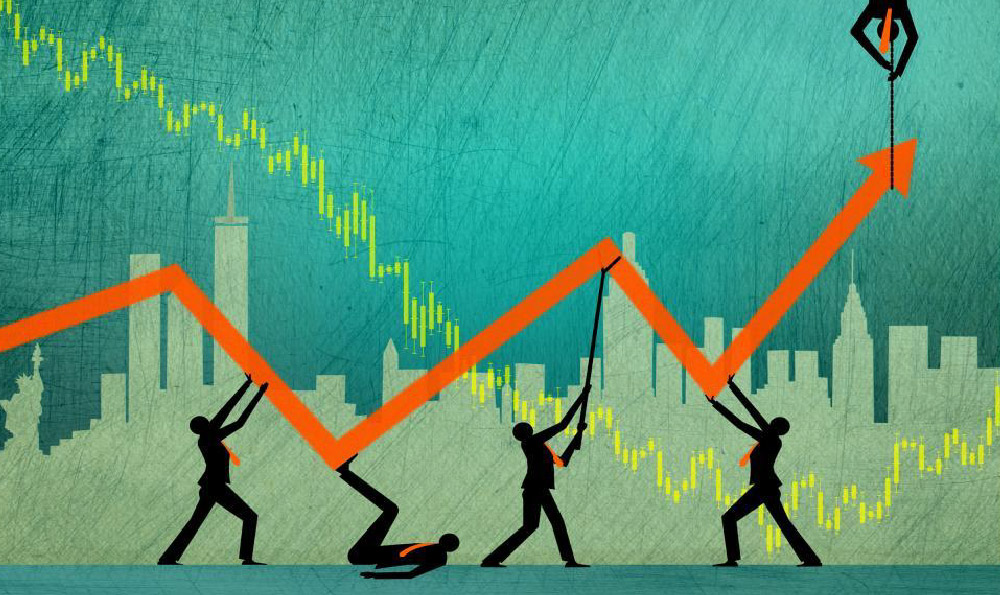How much does Roblox earn, and is it profitable?
Roblox, the ubiquitous online platform and game creation system, has become a cultural phenomenon, particularly among younger audiences. Understanding its financial performance requires delving into its revenue streams, cost structures, and overall profitability. The question of "How much does Roblox earn, and is it profitable?" isn't a simple one, requiring a nuanced analysis.
Roblox Corporation's revenue model is primarily driven by the sale of Robux, the platform's virtual currency. Players use Robux to purchase virtual items, accessories, and experiences within the games and worlds created by other users. This creates a powerful network effect, where creators are incentivized to build engaging content, attracting more players who then spend more Robux. A significant portion of Robux revenue is then shared with these creators, creating a symbiotic relationship and a vibrant ecosystem of user-generated content. Additionally, Roblox generates revenue from premium subscriptions, offering benefits like daily Robux stipends and access to exclusive items. These subscriptions provide a recurring revenue stream, bolstering the company's overall financial stability.
The exact amount Roblox earns fluctuates from quarter to quarter and year to year, publicly reported in their quarterly earnings calls and financial statements. To get a precise figure, referencing their investor relations website is essential. However, it’s safe to say that Roblox generates hundreds of millions of dollars in revenue each quarter. Their growth trajectory has been significant in recent years, fueled by increasing user engagement, platform expansions, and strategic partnerships. The platform's appeal extends beyond gaming; it's increasingly used for virtual events, concerts, and even educational experiences, further diversifying its revenue potential.

Determining Roblox's profitability is more complex than simply looking at revenue. While the company generates substantial revenue, it also faces significant costs. One of the most significant expenses is the "developer exchange fees," or DevEx. This refers to the money Roblox pays out to creators who convert their earned Robux back into real-world currency. As the creator economy on Roblox thrives, these payouts represent a substantial cost of revenue. The success of the platform relies heavily on these content creators, making this an essential investment in the long-term health of the ecosystem.
Beyond DevEx, Roblox incurs significant infrastructure costs. Maintaining the platform's servers, ensuring its stability and scalability to accommodate millions of concurrent users, requires considerable investment in technology and engineering. Furthermore, the company invests heavily in research and development (R&D) to improve the platform's features, develop new tools for creators, and expand into new areas like the metaverse. Marketing and advertising also contribute significantly to the company's expenses, as Roblox actively seeks to attract new users and retain existing ones. Legal and regulatory compliance costs also play a role, especially as the company navigates the evolving landscape of online safety, data privacy, and content moderation.
Therefore, when assessing profitability, it's crucial to consider Roblox's net income (or loss). A consistent net loss, despite high revenue, indicates that expenses exceed income. While Roblox has experienced periods of net losses, particularly during periods of rapid growth and heavy investment, the underlying question remains whether the company can effectively manage its expenses and achieve sustained profitability in the long term. Investors closely monitor the company's path to profitability, paying attention to factors like user growth, engagement metrics, monetization rates, and the effectiveness of cost-control measures.
The future profitability of Roblox hinges on several key factors. Firstly, continued user growth, particularly in international markets, is crucial. Expanding the platform's reach beyond its core demographic will unlock new revenue streams and solidify its position as a leading entertainment platform. Secondly, enhancing monetization strategies without alienating users is essential. This could involve introducing new premium features, optimizing advertising placements, or exploring innovative revenue models that benefit both the company and its creators. Thirdly, managing costs effectively is paramount. Finding efficiencies in infrastructure spending, optimizing marketing campaigns, and streamlining operations will improve the company's bottom line. Fourthly, adapting to the evolving technological landscape and staying ahead of the curve in areas like artificial intelligence, virtual reality, and blockchain technology will ensure Roblox remains competitive and relevant in the long run.
In conclusion, Roblox generates substantial revenue through the sale of Robux and premium subscriptions. While the company has experienced periods of impressive revenue growth, achieving consistent profitability requires careful management of expenses, continued user growth, strategic monetization, and adaptation to the ever-changing technological landscape. Whether Roblox can maintain its momentum and achieve sustained profitability remains a question closely watched by investors, analysts, and the broader tech industry. Understanding the interplay between revenue, costs, and future growth prospects is essential for anyone seeking to evaluate the financial health and long-term potential of Roblox Corporation. The company's commitment to empowering creators, fostering a vibrant community, and pushing the boundaries of online entertainment suggests a promising future, but its ability to translate that potential into consistent profits will ultimately determine its long-term success.















